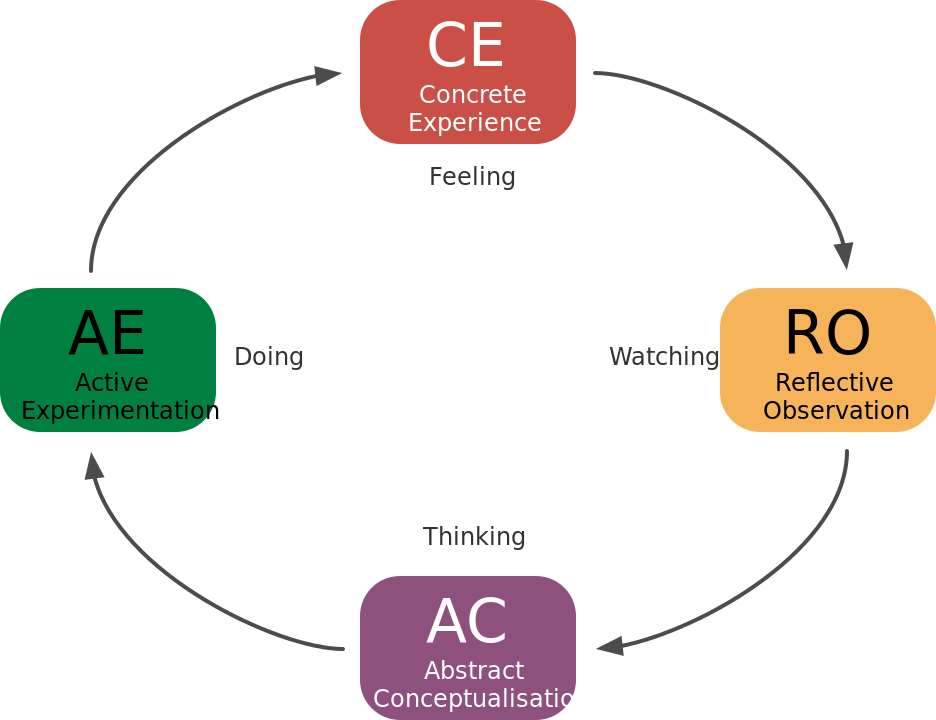
All the buzz recently has been about Generative AI, and for good reason. These new tools are reshaping the way we learn and work. Within the many conversations about Artificial Intelligence in Higher Ed a common thread has been appearing regarding the other AI–Academic Integrity. Creating and maintaining academic integrity in online courses is a crucial part of quality online education. It ensures that learners are held to ethical standards and encourages a fair, honest, and respectful learning environment. Here are some strategies to promote academic integrity and foster a culture of ethical behavior throughout your online courses, even in the age of generative AI.
Create an Academic Integrity Plan
Having a clear academic integrity plan is essential for any course. Create an instructor-only page within your course that details a clear strategy for maintaining academic integrity. This plan might include a schedule for revising exam question banks to prevent cheating, as well as specific measures to detect and address academic dishonesty (plagiarism or proctoring software). In this guide, make note of other assignments or places in the course where academic integrity is mentioned (in the syllabus and/or particular assignments), so these pages can be easily located and updated as needed. By having a plan, you can ensure a consistent approach across the course.
Exemplify Integrity Throughout the Course
It is important to weave academic integrity into the fabric of your course. Begin by introducing the concept in your Start Here module. Provide an overview of what integrity means in your course, including specific examples of acceptable and unacceptable behavior. This sets the tone for the rest of the course and establishes clear expectations. On this page, you might:
- Offer resources and educational materials on academic integrity for learners, such as guides on proper citation and paraphrasing.
- Include definitions of academic dishonesty, such as plagiarism, cheating, and falsification.
- Provide guidance on how learners might use generative AI within the class, including what is and is not considered acceptable.
- Add scenarios or case studies that allow learners to discuss and understand academic integrity issues, specifically related to the use of generative AI.
- Connect academic integrity with ethical behavior in the larger field.
- Provide a place for learners to reflect on what it means for them to participate in the course in a way that maximizes their learning while maintaining academic integrity.
Throughout the course, continue to reinforce these ideas. Reminders about academic integrity can be integrated into various lessons and modules. By articulating the integrity expectations at the activity and assignment level, you provide learners with a deeper understanding of how these principles apply to their work.
Set Clear Expectations for Assignments
When designing assignments, it is important to be explicit about your expectations for academic integrity. Outline what learners should and should not do when completing the task. For instance, if you do not want them to collaborate on a particular assignment, state that clearly. Provide examples and resources to guide learners on how to properly cite sources or avoid plagiarism. Be specific with your expectations and share why you have specific policies in place. For instance, if you want to discourage the use of generative AI in particular assignments, call out the ways it can and cannot be used. As an example, you might tell learners they can use generative AI to help form an outline or check their grammar in their finished assignment, but not to generate the body text. Share the purpose behind the policy, in this case it might be something about how a writing assignment is their opportunity to synthesize their learning and cement specific course concepts. This kind of transparency shows respect for the tools and the learning process, while also clearly outlining for learners what is acceptable.
Encourage Conversations About Integrity
Creating opportunities for learners to engage in discussions about academic integrity can help solidify these concepts in their minds. You can incorporate forums or discussion boards where learners can share their thoughts and experiences related to integrity. This also gives them a chance to ask questions and seek clarification on any concerns they may have. Encourage open dialogue between instructors and learners regarding academic integrity and any related concerns. These conversations can also extend beyond the classroom, exploring how integrity applies in your field or career paths. By connecting academic integrity to real-world scenarios, you help learners understand its relevance and importance in their professional lives.
Foster a Supportive Learning Environment
A supportive learning environment can help reinforce academic integrity by making learners feel comfortable asking questions and seeking guidance. Offer resources like definitions, guides, or access to mentors who can provide additional support. When learners know they have access to help, they are more likely to adhere to integrity standards. With generative AI in the learning landscape, we will inevitably encounter more “gray areas” in academic integrity. Be honest with your learners about your concerns and your hopes. Being open to conversations can only enhance the learning experience and the integrity in your courses.
We all play a role in cultivating a culture of academic integrity in online courses. By documenting a clear plan, weaving integrity into the course content, setting clear expectations, encouraging conversations, and providing support, you can create an environment where honesty and ethical behavior are valued and upheld. This not only benefits learners during their academic journey but also helps them develop skills and values that will serve them well in their future careers.







